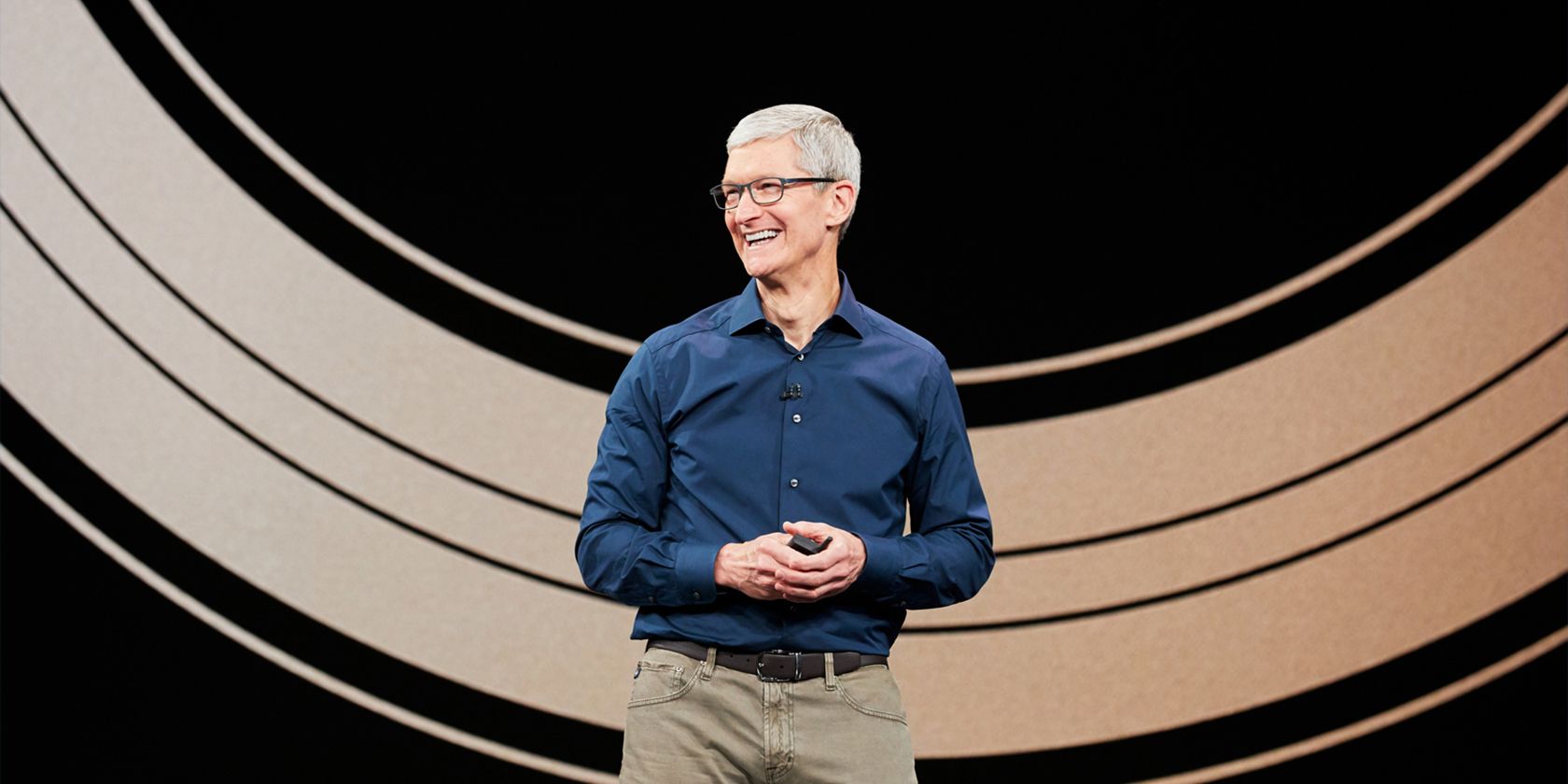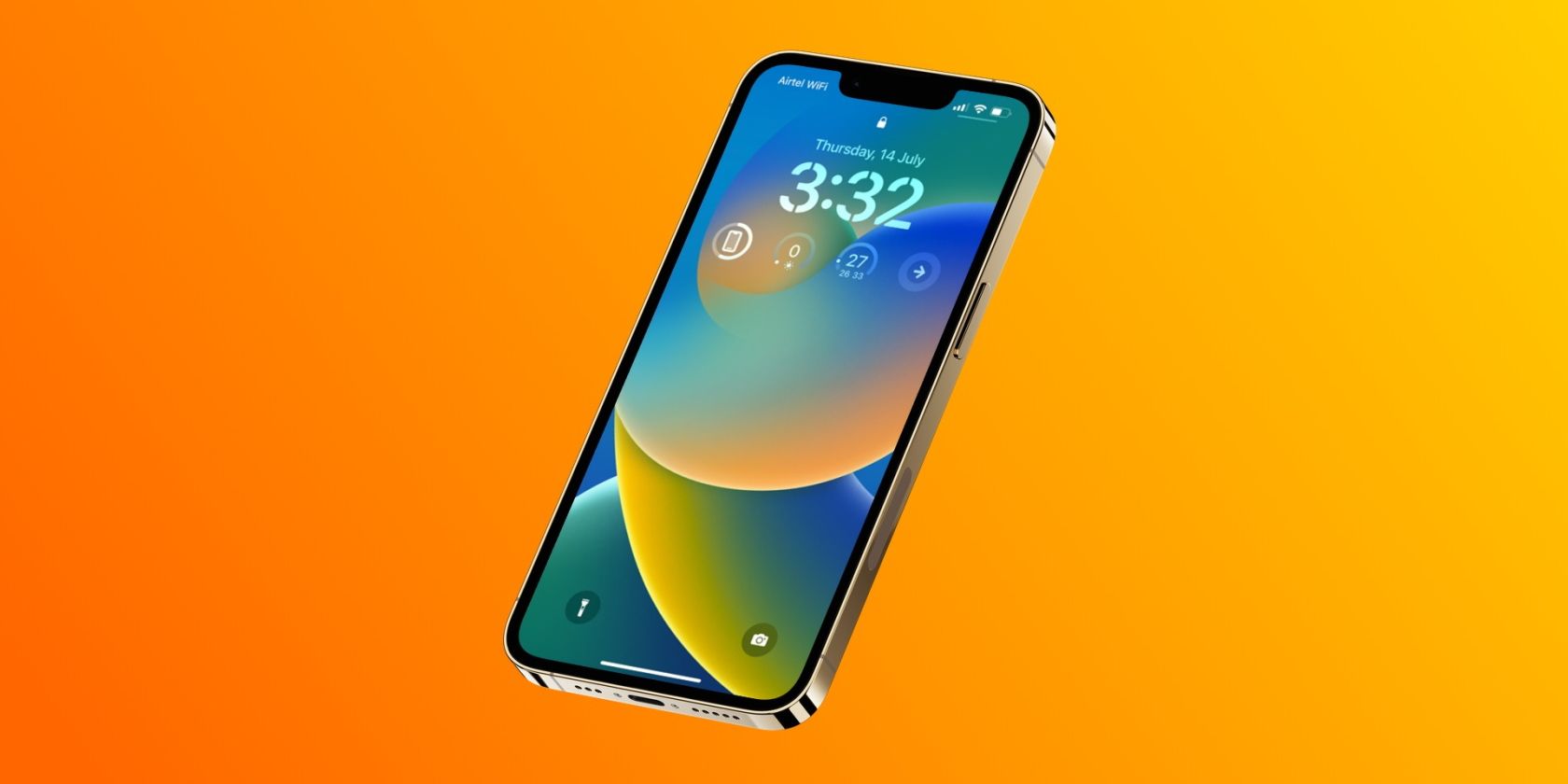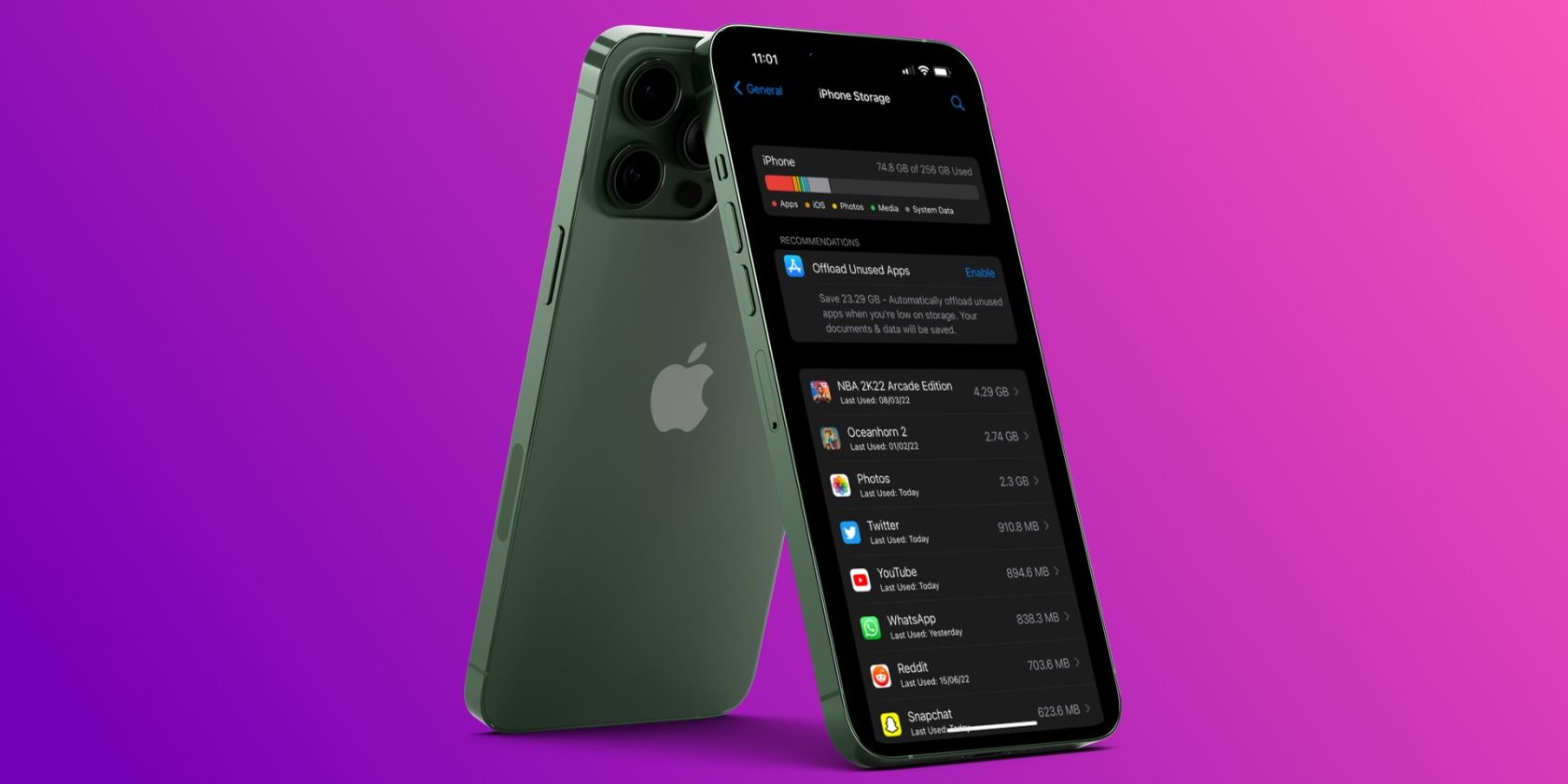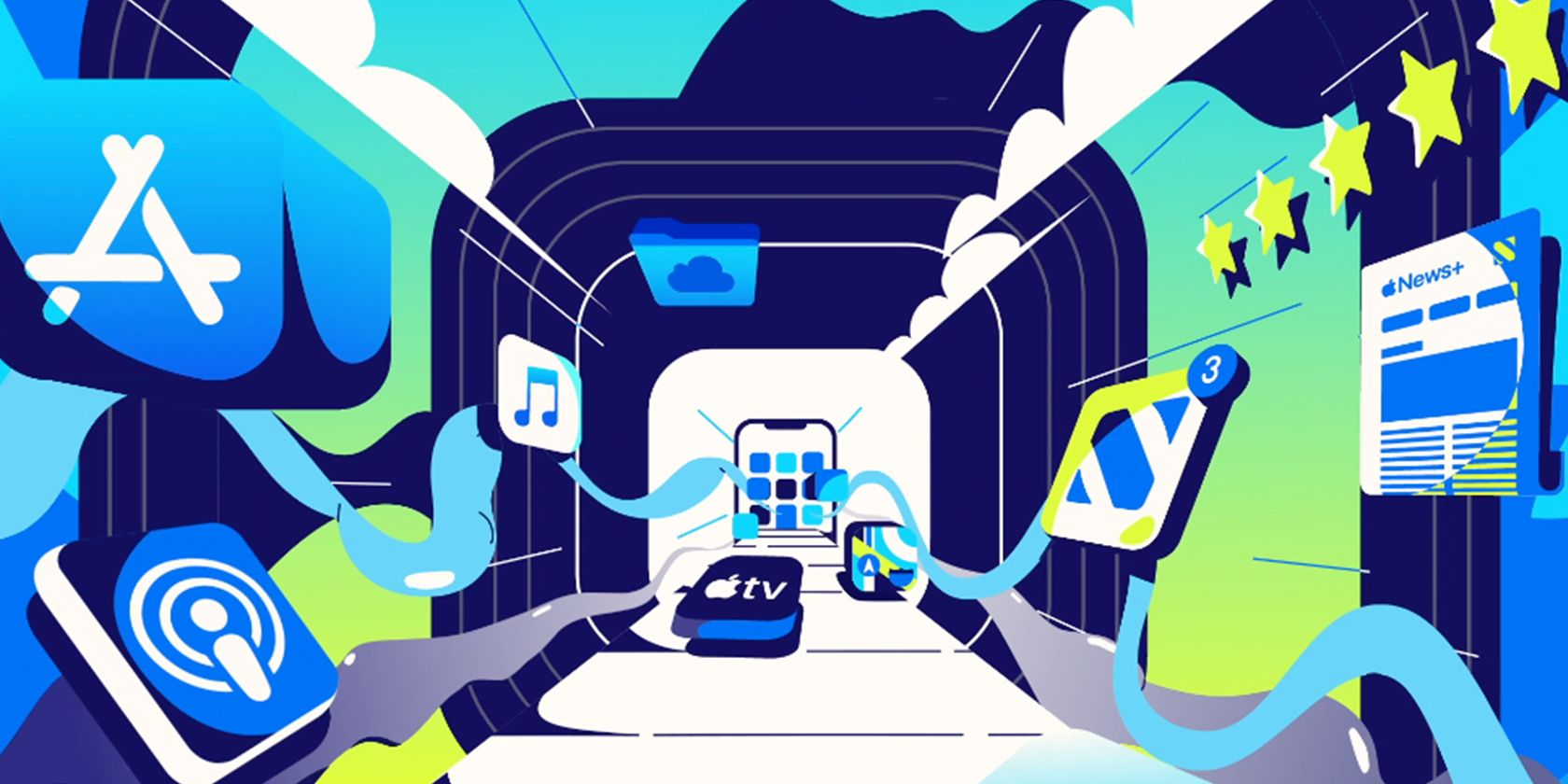What comes to mind when you think of the iPhone? Is it the premium hardware? Excellent camera quality? Crazy powerful processor? Seamless connection with iPads and MacBooks? Whatever you may think of the iPhone, one quality that the lineup is usually not associated with is affordability.
And yet, if you look closely, iPhones have actually gotten cheap over time. In fact, Apple hasn't increased the price of the iPhone since 2017. Let's uncover the full story, revealing how Apple managed to keep iPhone prices steady amid rising inflation, why it's doing so in the first place, and how it affects you.
iPhone Prices Haven't Increased Since 2017
For context, here is the price history of similarly-sized iPhones released since 2017:
|
Device model |
Release date |
Original starting MSRP |
Inflation-adjusted price |
|
iPhone X |
2017 |
$999 |
$1,219.28 |
|
iPhone XS |
2018 |
$999 |
$1,190.21 |
|
iPhone 11 Pro |
2019 |
$999 |
$1,169.03 |
|
iPhone 12 Pro |
2020 |
$999 |
$1,154.78 |
|
iPhone 13 Pro |
2021 |
$999 |
$1,102.97 |
|
iPhone 14 Pro |
2022 |
$999 |
$1,021.24 |
The iPhone X was launched in 2017 for a starting price of $999. Five years later, the iPhone 14 Pro launched at the exact same starting price. If you take inflation into account, the iPhone 14 Pro should instead cost roughly $1,200, and yet, it somehow doesn't.
What's going on here? How has Apple (of all companies) been so hesitant to increase its prices for half a decade despite having a very loyal fan base and insane pricing power? It's not like Apple is immune to the effects of inflation or anything.
How Is Apple Keeping iPhone Prices Steady?
Apple is not immune to inflation, that's true, but it is indeed more resilient to it than other smartphone companies. How? Well, Apple has immense bargaining power since it's often the biggest customer to its suppliers.
In fact, Apple is the biggest customer of these renowned tech companies:
- Foxconn: assembles iPhone parts.
- TSMC: manufactures Apple silicon chips.
- Samsung: supplies OLED displays for iPhones.
- Sony: supplies camera sensors for iPhones.
- Qualcomm: supplies 5G modems.
The point here is that Apple suppliers are often so tightly linked to the iPhone maker that any success the company sees directly helps prosper their own business too. In other words, they have a clear incentive to help Apple succeed because the alternative is, well, losing their biggest customer and jeopardizing their future.
Because of this lopsided relationship, Apple's partners have no choice but to obey the American giant when it asks them not to increase their prices too much. This way, Apple is able to keep its expenses—and thus, iPhone prices—relatively stable. But that's not all.
Using its strong relationship with suppliers is just one part of the equation. Since Apple takes home roughly three-quarters of all the profit in the industry (via Counterpoint Research), it can tolerate reducing its profit margins without greatly affecting its overall financials.
And lastly, Apple also benefits from its habit of not offering discounts. While Android makers offer discounts often, iPhones are sold for the same price throughout the year (at least in North America), so Apple doesn't need to set a pretentiously high price during the launch just to bring it down in a couple of months.
All of these practices combined help Apple keep iPhone prices steady and thus increasingly more attractive to buyers. But why? We already know that iPhone users are less sensitive to price hikes than Android users, so why doesn't Apple take advantage of this and increase its prices to make even more money?
Why Is Apple Making iPhones More Affordable?
The reason Apple is making all this effort to keep iPhone prices steady is not out of love towards its users but because now, more than ever before, it wants Android users to switch.
You might be aware that global smartphone sales are falling every year because people today don't upgrade to a new phone as often due to a variety of reasons.
This means that smartphone companies are now finding it more difficult to stay afloat and maintain their profitability. So, the logical way to deal with this changing economic landscape is to start selling subscription services that ensure recurring, predictable revenue. This is precisely what Apple is trying to do.
By not increasing iPhone prices, Apple is trying to make it easier for more people to enter its ecosystem, so it can later convert them into regular paying subscribers—and thus ensure steady income—by selling Apple services such as Apple TV+, Apple Arcade, Apple Music, Apple Fitness+, and more.
This goal of locking as many people in the ecosystem as possible before it's too late is likely why the iPhone SE series exists. If the regular iPhone is a gate to the Apple ecosystem, the iPhone SE is a water slide, making entry into Apple's walled garden much easier.
Apple Services Have Gone Up in Price
If Apple is incentivizing people to buy iPhones by keeping their prices steady, it eventually needs to make up for that gap somewhere else—and that's exactly what the company is doing. In October 2022, Apple hiked the prices for its services, including Apple Music, Apple TV+, and Apple One.
Apple services more accurately reflect inflation because they are the final destination for an iPhone user. The iPhone currently accounts for about half of Apple's total revenue, but if the company continues with this strategy, Apple services may become its primary source of income in a few years.
That is brilliant for Apple because running a subscription service is not as hard and expensive as constantly doing R&D to come up with new hardware innovations. That said, for those with deep pockets, Apple may launch an iPhone Ultra soon to revive its premium status.
Apple Wants Everyone to Buy an iPhone
Now more than ever, Apple wants Android users to switch to the iPhone. The company is fine with lowering its profit margin for now if it means it can lock you into its ecosystem and eventually turn you into a regular paying subscriber via Apple services.
Like it or not, subscriptions will become an increasingly bigger part of our lives going forward, and Apple is being proactive about the transition. The sooner it can make people switch, the more control it will have over the direction the tech industry moves in the future.




